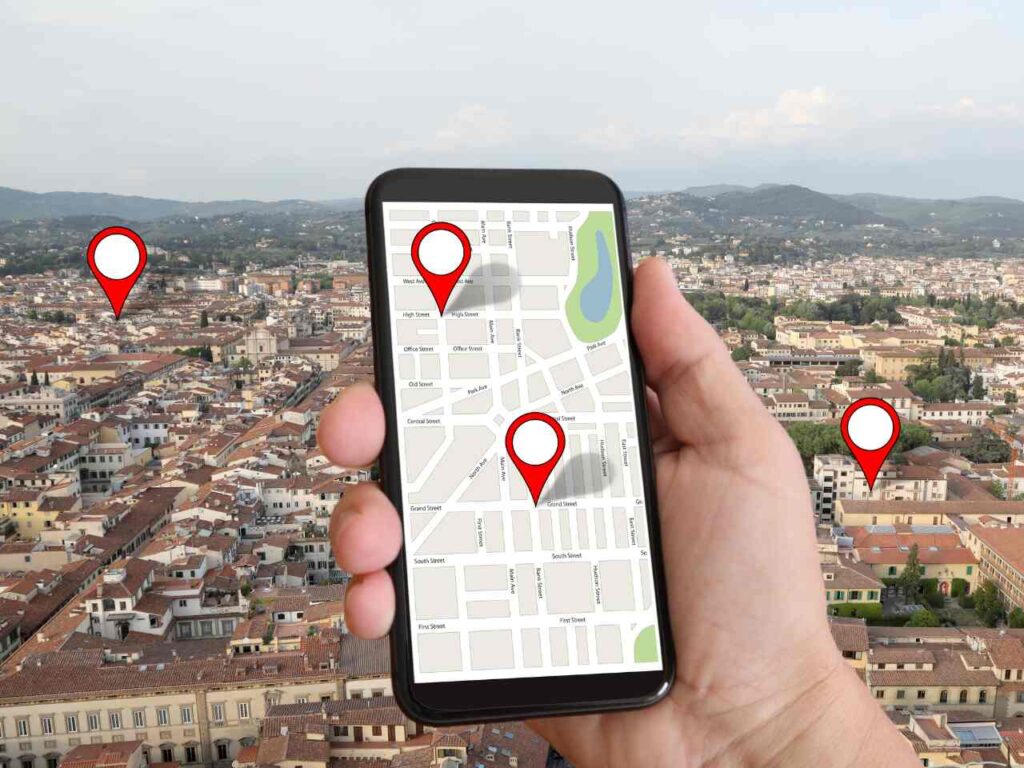
How do GPS systems work
How do GPS systems work: Global Positioning System (GPS) is a satellite-based navigation system that has become an integral part of our daily lives, powering everything from smartphone maps to precise military operations. Understanding the fundamentals of GPS sheds light on the remarkable technology that enables accurate positioning worldwide.
Satellite Constellation
The backbone of GPS consists of a constellation of at least 24 satellites orbiting the Earth. These satellites are strategically positioned to provide global coverage, ensuring that a GPS receiver can connect with multiple satellites at any given location.
Triangulation Technique
GPS utilizes a mathematical technique called triangulation to determine a user’s precise location. When a GPS receiver establishes a connection with at least three satellites, it can calculate the user’s position by comparing the time it takes for signals to travel from each satellite.
Signal Transmission and Data
Each GPS satellite continuously transmits signals containing information about its location and the current time. The signals travel at the speed of light, and the GPS receiver uses the time delay between signal transmission and reception to calculate the distance from each satellite.
Precise Timing
Accurate timing is crucial for GPS accuracy. The satellites have highly precise atomic clocks on board, and the GPS receiver adjusts its internal clock to match the satellite signals. This synchronization allows for precise distance calculations based on signal travel time.
Trilateration and Position Calculation
Trilateration is the process by which a GPS receiver determines its position based on the distances to three or more satellites. By combining the distances, the receiver can calculate latitude, longitude, altitude, and speed, providing a comprehensive snapshot of the user’s location.
Augmentation Systems
To enhance accuracy, augmentation systems like WAAS (Wide Area Augmentation System) or DGPS (Differential GPS) are employed. These systems correct signal errors caused by atmospheric conditions, satellite orbits, and clock discrepancies, ensuring even greater precision.
How Do GPS Systems Work in Multiple Applications
Beyond navigation, GPS technology finds applications in diverse fields. From guiding autonomous vehicles and tracking wildlife migration to enabling precision agriculture and monitoring global weather patterns, the versatility of GPS has revolutionized numerous industries.
Evolution and Future Developments
Over the years, GPS has evolved, with the introduction of additional satellite constellations like Europe’s Galileo and Russia’s GLONASS. The ongoing development of next-generation systems promises further enhancements in accuracy, reliability, and coverage.

Challenges and Solutions
GPS faces challenges such as signal blockage in urban environments and susceptibility to intentional interference. Ongoing research focuses on developing resilient systems, including alternative positioning technologies like enhanced inertial navigation and advanced signal processing techniques.
Privacy Considerations
As GPS becomes ubiquitous, privacy concerns arise. Striking a balance between utility and safeguarding user privacy is an ongoing challenge. Innovations in anonymization techniques and user-controlled location services aim to address these concerns.
Social and Economic Impact
The societal impact of GPS extends beyond navigation. It has revolutionized logistics, emergency response, and location-based services, contributing significantly to economic development and global connectivity.
In conclusion, the intricacies of GPS technology showcase the collaborative dance between satellites and receivers, culminating in a navigational tool that has become an indispensable part of modern life. The continuous advancements in GPS systems underscore their pivotal role in shaping the way we navigate, communicate, and understand our dynamic world.

Leave a Reply